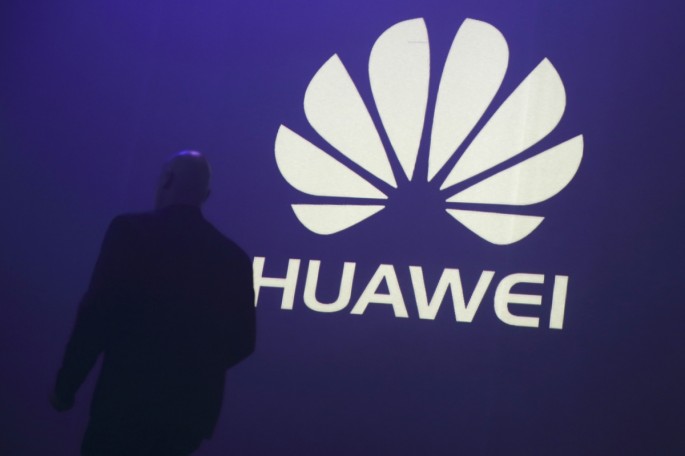Huawei, one of China’s premier information technology firms, recently released its latest virtual reality prototye MirrorSys at the CeBIT trade fair in Germany.
With MirrorSys, Huwaei attempts to take the concept of communication to another level. Its current release is a platform where people can experience the simulated environment of any part of the globe without the issue of time delay.
According to Huawei, the concept behind the prototype was the burgeoning idea of "field communication." This paves the way for a beyond-imagination human auditory and visual perception. MirrorSys utilizes a full-size, high-definition and up-to-date communication system.
Huawei's Media Technologies Lab director, Dr. James "Bo" Begole, stated: "Today, even the highest quality telepresence systems have a limited, fixed view of the world that doesn't match human perception of our rich, real environment. We aim to change that."
The IT think tank stated that "field communication" is designed to transmit the real-world environment of one user to another via a super-high-bandwidth-cum-super-low-delay system.
"Full field communication transports all of the information from one environment to another over the network, creating a true digital reflection with all of the sights, sounds, and feelings of the people in it," Dr. James added.
The initial prototype offers 8K ultra high-definition video coupled with a 110-degree-wide viewing angle. With MirrorSys's 22.2 channel sound field, this Huawei technology aims to provide its users with an immersive audio-visual experience that is, so far, beyond compare.
The sound technology employed in MirrorSys is equipped with imperceptible latency that aids in presenting all the information from one remote point to another.
"Tomorrow's immersive communications will provide a feeling of reality as if you were right there, fully present in the remote reality," Dr. James furthermore enthused.
Huawei eyes to utilize the MirrorSys as a venue by which technicians could remotely repair machines, surgeons could perform operations and students could have a virtual educational field trip to the world's most interesting yet hard-to-reach geographic features.



























